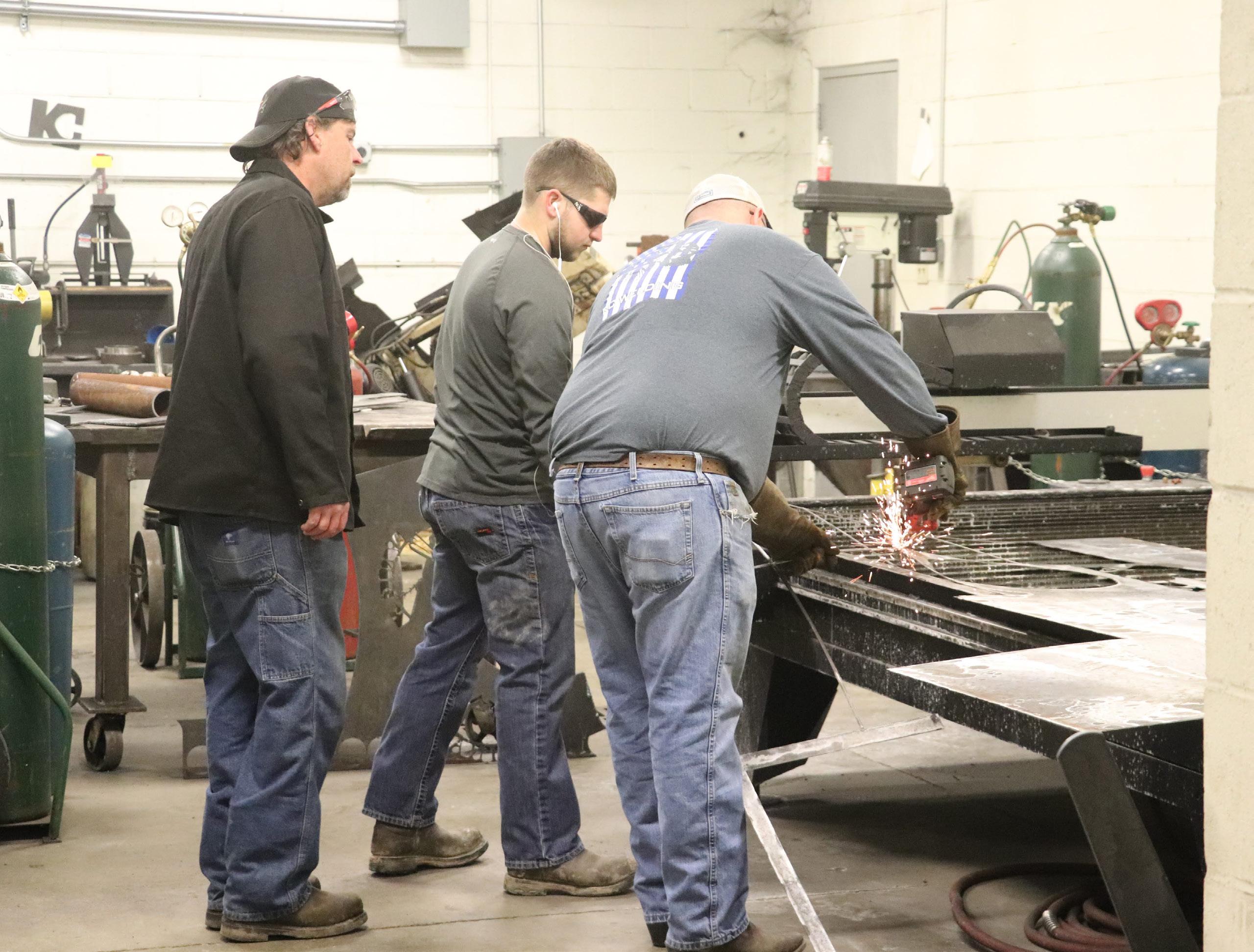
4 minute read
Introduction
Kaskaskia College (KC), established in 1940, services over 5,500 credit and 2,236 non-credit students. The college is led by President George Evans. The college’s service region, for the purpose of this report, is referred to as District 501 and consists of Bond, Clinton, Fayette, Marion, and Washington Counties.
While KC affects the district in a variety of ways, many of them difficult to quantify, this study is concerned with the economic benefits. The college naturally helps students achieve their individual potential and develop the knowledge, skills, and abilities they need for fulfilling and prosperous careers. However, KC impacts District 501 beyond influencing the lives of students. The college’s programs supply employers with workers to make their businesses more productive. The college, its day-to-day operations, and the expenditures of its students support the district’s economy through the output and employment generated by district vendors. The benefits created by the college extend as far as the state treasury in terms of the increased tax receipts and decreased public sector costs generated by students across the state.
This report assesses the impact of KC as a whole on the district’s economy and the benefits generated by KC impacts District 501 beyond the college for students, taxpayers, and society. The approach is twofold. We begin with an economic impact influencing the lives of students. analysis of the college on the District 501 economy. To derive results, we rely on a specialized Multi-Regional Social Accounting Matrix (MR-SAM) model to calculate the added income created in the District 501 economy as a result of increased consumer spending and the added knowledge, skills, and abilities of students. Results of the economic impact analysis are broken out according to the following impacts: 1) impact of the college’s day-to-day operations, 2) impact of student spending, and 3) impact of alumni who are still employed in the District 501 workforce.
The second component of the study measures the benefits generated by KC for the following stakeholder groups: students, taxpayers, and society. For students, we perform an investment analysis to determine how the money spent by students on their education performs as an investment over time. The students’ investment in this case consists of their out-of-pocket expenses and the opportunity cost of attending the college as opposed to working. In return for these investments, students receive a lifetime of higher earnings. For taxpayers, the study measures the benefits to state taxpayers in the form of increased tax revenues and public sector savings stemming from a reduced demand for social
services. Finally, for society, the study assesses how the students’ higher earnings and improved quality of life create benefits throughout Illinois as a whole.
The study uses a wide array of data that are based on several sources, including the FY 2018-19 academic and financial reports from KC; industry and employment data from the Bureau of Labor Statistics and Census Bureau; outputs of Emsi’s impact model and MR-SAM model; and a variety of published materials relating education to social behavior.

CHAPTER 1:
Profile of Kaskaskia College and the Economy

KASKASKIA College (KC) is a comprehensive two-year community college based in Centralia, Illinois. Established in 1940, KC has a long history of providing district students with an affordable, accessible higher education option that prepares them for personal and professional success in a wide range of fields. The college supports the growth of the district’s economy by creating a skilled workforce for area businesses. In FY 2019, KC had a total enrollment of 7,736 credit and non-credit students.
KC originally served its district as Centralia Township Junior College, which was established in 1940 as an extension of the high school district. In 1966, it transitioned into being the first of Illinois’ new network of self-governed community colleges and took its current name. Kaskaskia College has expanded significantly from a small college with a few hundred students to a large institution with nearly 150 different degree and certificate programs, and a role in its community that extends far beyond just the for-credit classes it offers.
Most of KC’s student body attends the college as the first step on the journey to furthering their education; its range of transfer-track degrees make it easy and affordable for students to finish the first two years of their bachelor’s degree close to home before transitioning to a four-year college or university. KC offers a wide slate of popular career and technical degrees and certificates, in fields like carpentry, dental assisting, nursing, and industrial technology.
In addition to for-credit programs, KC also supports the growth of everyone in its district by offering diverse non-credit programs. For example, KC is home to numerous business and industry programs and services that directly serve local entrepreneurs and businesses with training. KC’s adult education and literacy programs help adult learners establish a solid foundation for their lives, and its continuing and community education programs give district residents numerous opportunities for lifelong learning in areas like music, art, health and fitness, and much more.




